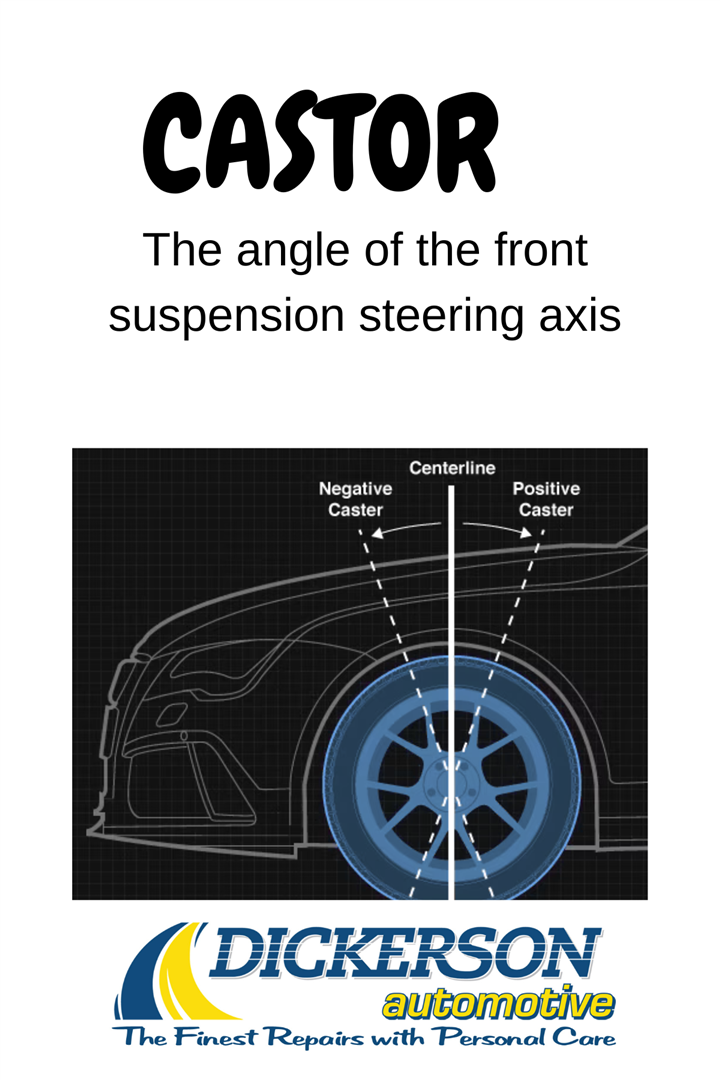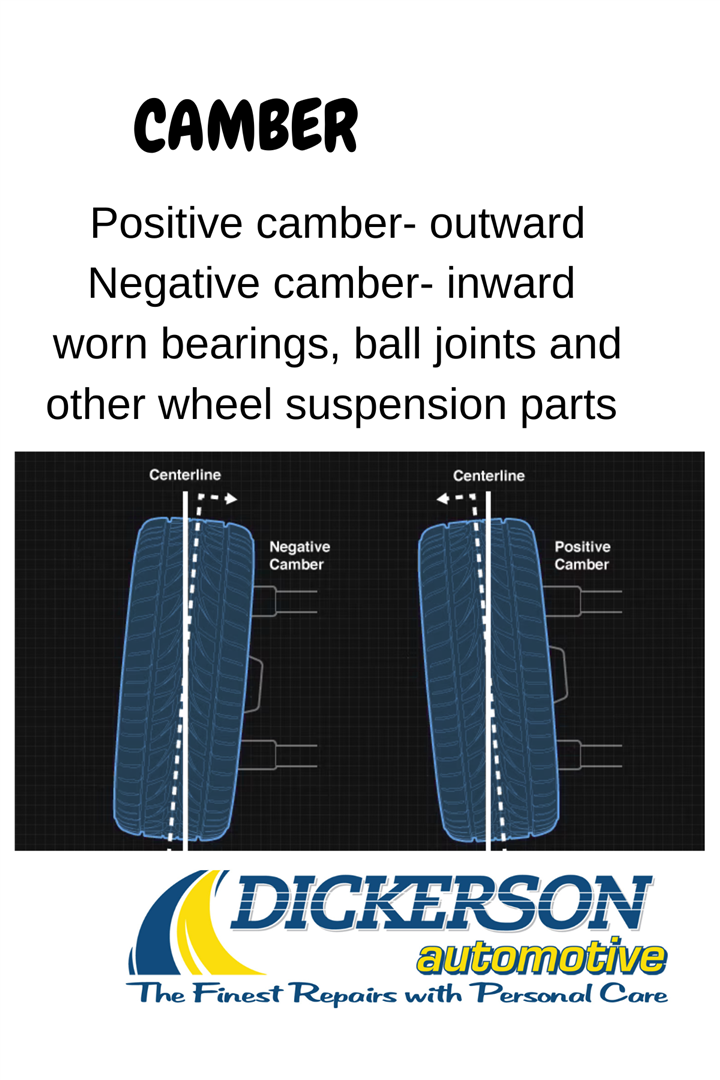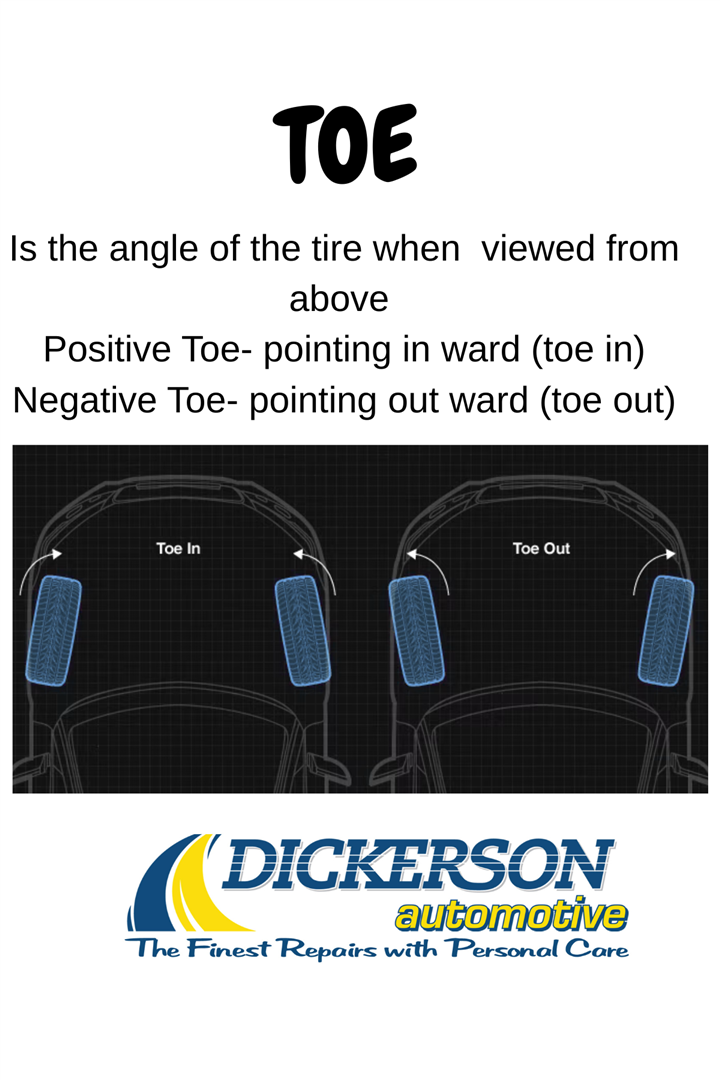Understanding Your Alignment Readings
When your shop hands you an alignment printout, do you really know what all those numbers and terms mean—or do you just notice the Christmas colors of red and green? Most of us understand that red means bad and green means good, but what exactly do those colors represent? Let’s break down the three main terms you’ll see on your alignment report: caster, camber, and toe.

Caster
Caster measures how far forward or backward the steering axis tilts compared to the vertical axis of the wheel. It affects steering stability, steering effort, and how well your vehicle tracks straight down the road.

Camber
Camber refers to the inward or outward tilt of your tires when viewed from the front of the vehicle. It’s a key factor in tire wear and handling.
Positive camber means the top of the tire tilts outward away from the vehicle.
Negative camber means the top of the tire tilts inward toward the vehicle.
Zero camber means the tire is perfectly vertical, giving you the most even tire wear and full contact with the road.
 Toe
Toe
Toe is the angle of your tires when viewed from above—essentially, whether they’re pointing slightly toward or away from each other.
Toe-in (positive toe) means the fronts of the tires point toward each other, like being a little “pigeon-toed.”
Toe-out (negative toe) means the fronts of the tires point outward, away from each other.
Incorrect toe alignment can lead to uneven tire wear on the inner or outer edges and affect your car’s stability and fuel efficiency.